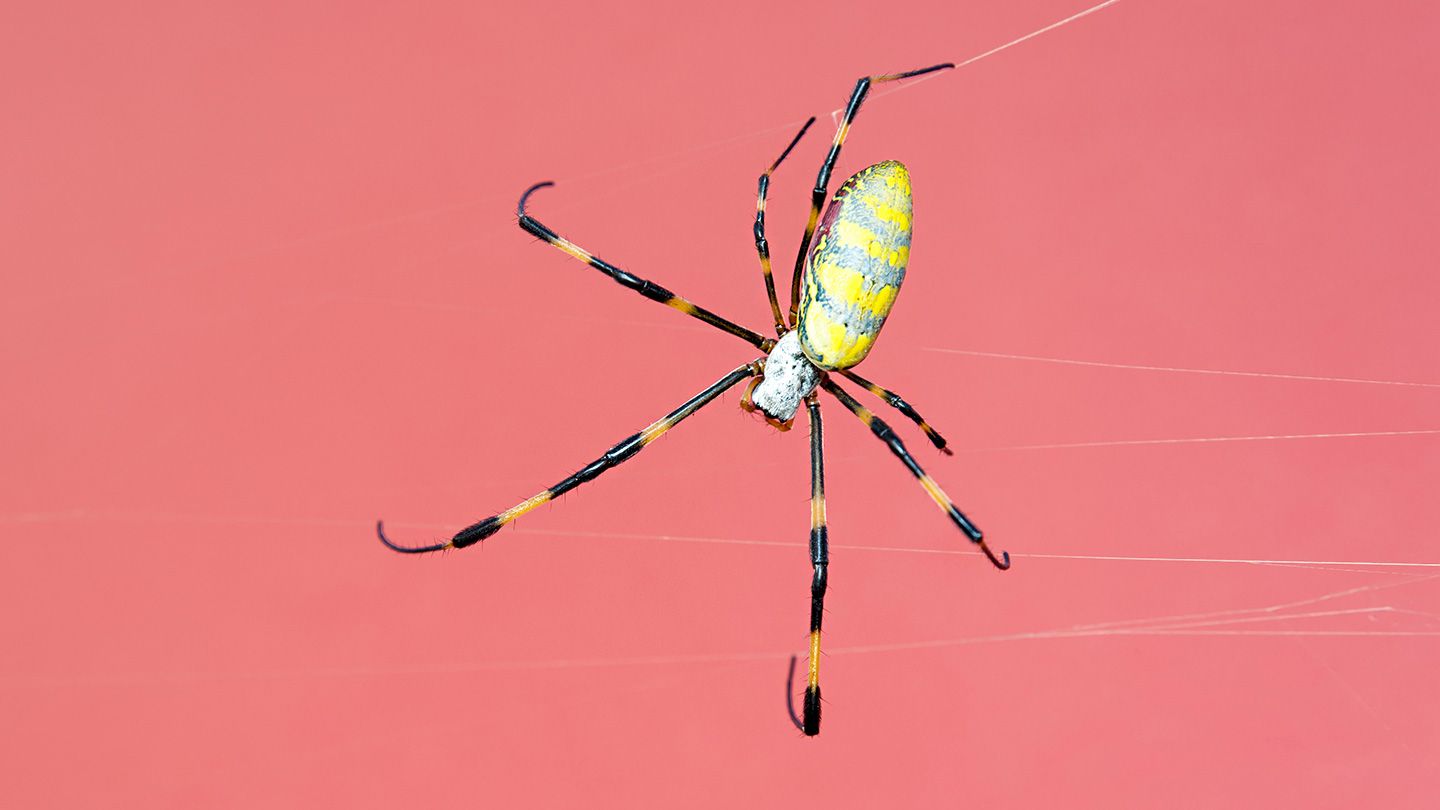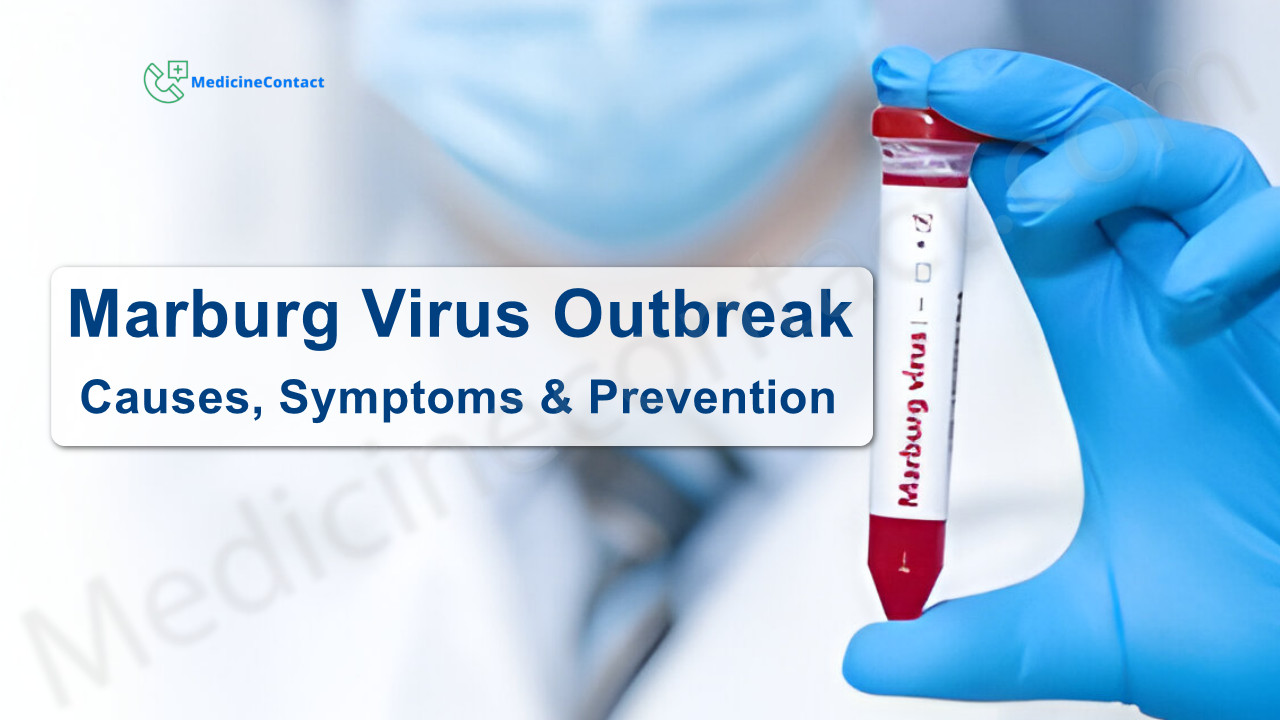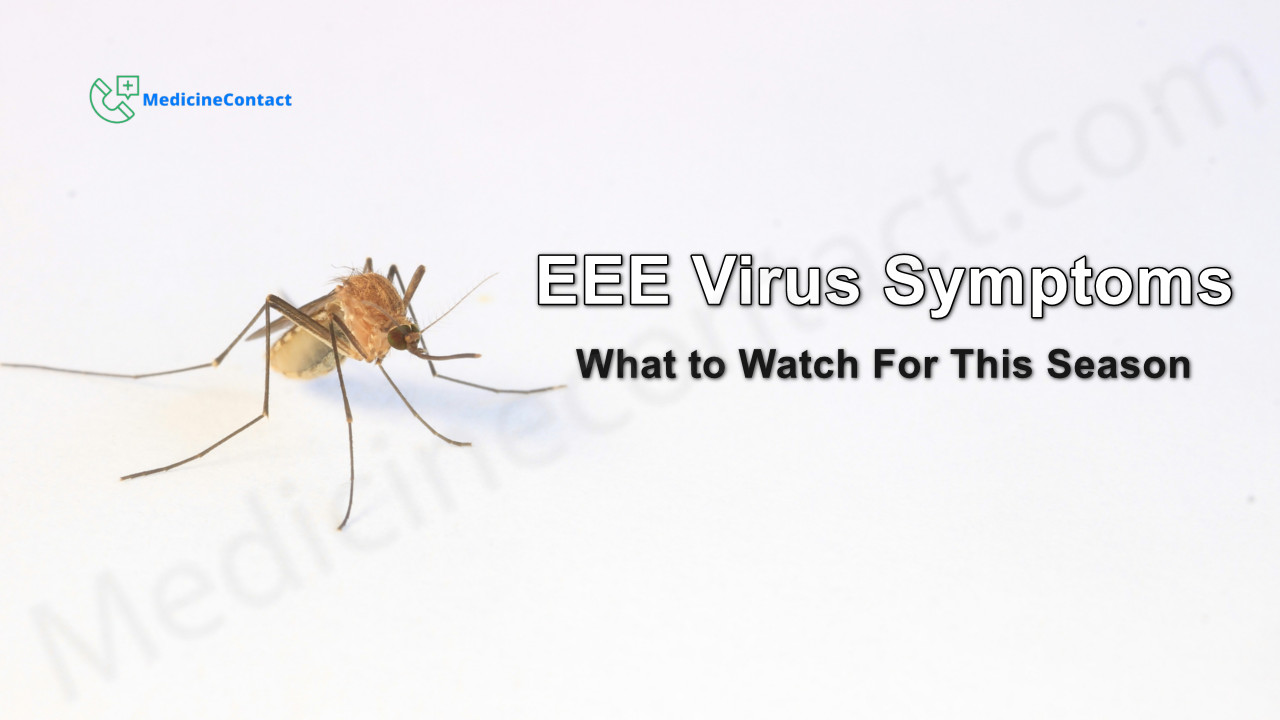
Poisonous Spiders Found in Georgia
Georgia is home to a diverse array of spider species, some of which possess venom capable of causing varying effects in humans. When spending time outdoors in Georgia, it is important to be able to identify the spiders that pose a danger.
Black Widow Spider
Perhaps the most infamous and dangerous spider in Georgia is the black widow spider. Black widows can be identified by the red hourglass shape on their abdomen. Their venom is a neurotoxin and can cause muscle spasms, abdominal cramping, nausea, and profuse sweating in humans. While extremely painful, most black widow bites do not require medical attention beyond pain management. However, bites should always be closely monitored, as in rare cases muscle spasms may become severe enough to inhibit breathing. Children, the elderly, and those with compromised immune systems are most at risk for serious complications from a black widow bite.
Brown Recluse Spider
Brown recluse spiders are usually light to medium brown in color with a dark violin shape on their cephalothorax (the combined head and thorax). Their venom contains hemotoxic compounds that can destroy red blood cells and cause tissue damage. While the initial bite may produce little pain, a small blister often forms at the site within 8 hours. The damaged tissue then sloughs away, leaving an open sore that may take months to heal. Brown recluse spiders are most active at night when hunting for food. They seek refuge in dark, quiet spaces like attics, basements, closets and garages. When cleaning these areas, wear gloves and inspect items that have been stored or left undisturbed for long periods.
Yellow Sac Spider
Yellow sac spiders have a pale yellow body and darker yellow abdomen. They are wandering hunters that do not build webs, instead hunting prey on plants, trees and the ground. Their venom contains cytotoxins that can cause localized pain, itching and redness in humans. Blisters and skin ulcers may also develop at the bite site. While bites should be taken seriously, they are rarely medically significant beyond localized pain and irritation. Yellow sac spiders may be found both indoors and outdoors under logs, in leaf litter, and crawling on structures. Shake out any items left outside before bringing them indoors to avoid transporting spiders inside.
Wolf Spider
Wolf spiders are hairy, brown spiders that can grow quite large - up to 1.5 inches in body length. They have good eyesight and actively hunt prey. Wolf spider bites deliver a venom containing mild neurotoxins, resulting in swelling, redness, and moderate pain that usually fades within 24 hours. Though alarming due to their size, wolf spider bites are not considered dangerous or highly toxic. Wolf spiders don't spin webs and are found wandering on the ground or in low vegetation. They frequently find their way indoors unintentionally but are not considered household pests.
Orb Weaver Spiders
Several species of orb weaver spin large, intricate webs outdoors in Georgia. Some common varieties include the banded garden spider, zipper spider, and black and yellow garden spider. Orb weavers have rounded,robust abdomens and long, spindly legs. Though they appear threatening, orb weaver bites are comparable to a bee sting in intensity. Redness and minor swelling may occur but serious symptoms are very uncommon. The webs these spiders produce are harmless to humans unless walked through. Simply relocate the spider outdoors if their webs are bothersome around entryways or gardens.
Signs of a Spider Bite
Many spider bites produce localized reactions of swelling, redness, and pain at the bite site. These symptoms may be minor, or develop into larger sores and blisters depending on the type of spider. Systemic signs of a spider bite requiring prompt medical care include:
- Nausea, vomiting, or abdominal pain
- Muscle spasms or cramping
- Profuse sweating
- Difficulty breathing
- Headache or dizziness
- Rash over large areas of the body
Seek evaluation by a doctor if any severe or systemic reaction develops after a known or suspected spider bite.
Spider Bite Treatment
First Aid
If bitten by a spider, the first step is to safely move away to avoid being bitten again. Remove any clinging spiders from the skin or hair. Wash the bite area with soap and water if possible. Apply a cool compress to relieve swelling and discomfort. Over the counter pain medication can help manage bite pain. Avoid scratching or otherwise irritating the bite, as this can lead to infection.
Medical Care
Most mild spider bites can be treated at home, but medical evaluation is recommended if systemic symptoms develop or the wound appears infected. Signs of infection include increasing redness and swelling, pus, foul odor, red streaks, fever, and chills. The doctor may prescribe antibiotics to treat infected spider bites and topical treatments to promote healing. Though antivenom exists for black widow and brown recluse bites, it is rarely administered. IV fluids, pain medication, muscle relaxers, and wound care are the mainstays of treatment.
Home Recovery
To heal safely at home:
- Clean the bite daily with mild soap and water
- Apply antibiotic ointment
- Cover with a sterile bandage
- Take over the counter pain relievers
- Avoid scratching or irritating the bite
- Watch for signs of infection and seek medical care if they develop
With proper first aid and monitoring, most spider bites can heal on their own within 1-2 weeks.
Preventing Spider Bites
You can reduce the chances of accidental spider bites by taking these precautions:
- Clear clutter to discourage spiders from taking up residence in undisturbed spaces
- Install tight-fitting screens on windows and doors
- Seal cracks and crevices through which spiders may enter
- Wear gloves and long sleeves when cleaning attics, basements, garages, etc
- Shake out items left outside before bringing them in
- Keep beds pulled away from walls and tuck in sheets
- Inspect or shake out shoes before putting them on
- Install adequate lighting in dark corners
- Use insecticides to treat heavily infested areas
With proper precautions, most spider encounters can be avoided. Learning to identify the spiders in your region allows you to assess the risks if a bite does occur and seek treatment promptly.
FAQs
What are the most venomous spiders found in Georgia?
The most venomous spiders in Georgia are the black widow and brown recluse spiders. Black widow spiders can be identified by the distinctive red hourglass shape on their abdomens. Brown recluse spiders have a violin-like pattern on their cephalothorax.
What should I do if I get bitten by a spider in Georgia?
If you are bitten by a spider, wash the area with soap and water if possible. Apply a cool compress to relieve swelling. Monitor for signs of infection like increasing pain, redness, swelling or pus. Seek medical attention promptly if systemic symptoms develop like muscle cramping, nausea, difficulty breathing, etc.
Where are brown recluse spiders most likely to be found in Georgia?
Brown recluse spiders seek out dark, undisturbed spaces like attics, garages, basements, and storage closets. They may also be found under debris in yards. Wear gloves when cleaning areas where brown recluses are likely to reside.
Can a black widow spider bite kill you?
Though extremely painful, most black widow bites do not require medical treatment beyond pain management. Deaths from black widow bites are very rare. However, get medical help immediately if muscle spasms or cramping spreads, breathing becomes difficult, or other severe symptoms arise.
How can I reduce spiders in my Georgia home?
To reduce spiders indoors, install tight screens on windows and doors, seal cracks and crevices, clear clutter, tuck bedding in tightly, inspect items brought in from outside, and use insecticides in heavily infested areas.
Disclaimer: This article is for informational purposes only and does not constitute medical advice. Always consult with a healthcare professional before starting any new treatment regimen.




